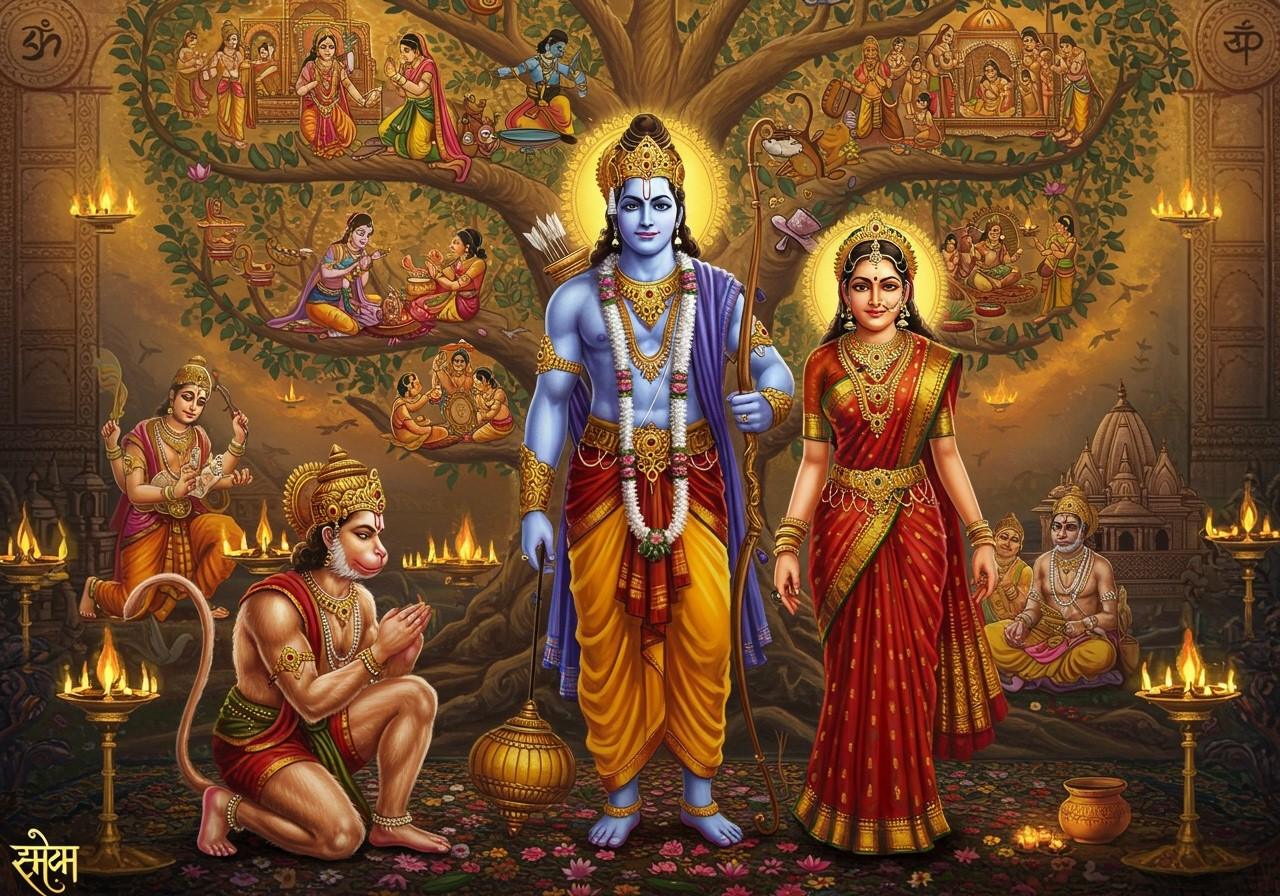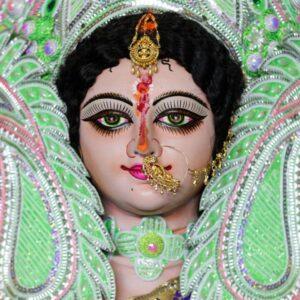
The Ramayana, one of the major Sanskrit epics of ancient Indian literature, has a profound influence on Indian culture and society. It shapes values, art, and daily life, inspiring poets, playwrights, and novelists, and fostering a rich tradition of storytelling. Its narratives and characters contribute significantly to the moral and ethical framework of contemporary Indian society. The epic has also impacted Indian art, being recognized as the first great work of poetry that encompasses a wide range of themes and characteristics. Integrating Ramayana teachings into modern education is recommended to promote ethical living and social responsibility. This article explores the enduring legacy of the Ramayana, examining its significance and lasting impact.
Why is the Ramayana Important?
The Ramayana is integral to Indian culture for numerous reasons:
- Moral and Ethical Frameworks: It imparts crucial values like duty (dharma), righteousness, compassion, and devotion, providing a strong foundation for ethical decision-making and conduct.
- Exemplary Role Models: Characters like Rama, Sita, Lakshmana, and Hanuman serve as ideals, embodying virtues that inspire individuals to strive for higher moral ground and righteous living. Their actions demonstrate the importance of integrity, loyalty, and courage.
- Artistic Inspiration: The epic has profoundly enriched art, literature, dance, music, and performing arts through countless adaptations, inspiring creativity and artistic expression across various mediums for centuries.
- Religious Significance: Recitations, readings, and dramatizations of the Ramayana are common in Hindu rituals, festivals, and ceremonies, reinforcing its spiritual importance and cultural relevance.
- Cultural Unity: The Ramayana fosters a shared cultural identity across diverse regions and social groups in India, promoting unity and a sense of collective heritage.
- Global Reach: The Ramayana’s influence extends beyond India to Southeast Asia, demonstrating its cultural reach and impact on other societies and their traditions.
- Timeless Themes: The epic explores timeless themes of good versus evil, the triumph of virtue, the nature of justice, and the complexities of human relationships, which remain relevant even in contemporary times.
The Ramayana in Modern Society
The question of whether the events of the Ramayana could literally recur is a matter of philosophical and spiritual interpretation. However, the epic’s core messages and ethical dilemmas remain timeless. The cyclical nature of time, as suggested in Hindu cosmology (Yugas), hints at the possibility of recurring patterns and challenges. Modern interpretations often view the Ramayana as a powerful narrative focused on moral and ethical lessons rather than a literal historical account. The universal themes explored in the epic continue to resonate with audiences today, offering valuable insights into human nature and the complexities of life.
The Conclusion of the Ramayana
The Ramayana concludes with Rama’s triumphant return to Ayodhya after defeating Ravana and rescuing Sita. His coronation as king symbolizes the restoration of dharma (righteousness) and the triumph of good over evil. However, the epic also incorporates tragic elements, such as Sita’s ordeal by fire and her eventual return to earth. This adds layers of complexity to the narrative, prompting reflection on themes of justice, fate, and the nature of divinity. Festivals like Diwali commemorate Rama’s return to Ayodhya, celebrating the victory of light over darkness and the enduring power of good.
The Ramayana and Poojn.in
Poojn.in, India’s leading online store for cultural and religious goods, offers a wide selection of products related to the Ramayana, enabling you to connect with this timeless epic in a meaningful way. Explore our collection of:
- Beautifully crafted statues of Lord Rama, Sita, Lakshmana, and Hanuman: Bring the divine presence of these iconic figures into your home.
- Incense sticks and other puja essentials: Enhance your spiritual practice and create a sacred atmosphere during Ramayana readings and recitations.
- Books and resources on the Ramayana: Deepen your understanding of the epic’s teachings and explore its various interpretations.
Visit Poojn.in today and discover a world of spiritual and cultural treasures.
Frequently Asked Questions about the Ramayana
What is the significance of the Ramayana? The Ramayana’s significance lies in its profound teachings of dharma, morality, and the triumph of good over evil. It serves as a moral compass, guiding individuals towards righteous conduct and ethical living. The epic also reflects the rich cultural heritage of India, influencing various art forms and traditions.
How does the Ramayana influence contemporary Indian culture? The Ramayana’s influence on modern Indian culture is pervasive, shaping art, literature, music, dance, and even daily life. Its stories and characters are deeply embedded in the cultural consciousness, inspiring values, traditions, and festivals like Diwali.
What are the central themes of the Ramayana? The Ramayana explores several central themes, including duty (dharma), loyalty, righteousness, the battle between good and evil, the importance of family, and the complexities of human relationships.
Could the events of the Ramayana happen again? The question of recurrence is open to interpretation. From a spiritual perspective, the cyclical nature of time suggests the possibility of recurring patterns and challenges. However, modern interpretations often focus on the timeless ethical and moral lessons of the epic rather than literal repetition of events.
How does the Ramayana conclude? The Ramayana ends with Rama’s victorious return to Ayodhya, his coronation as king, and the restoration of dharma. However, it also includes the tragic element of Sita’s ordeal and return to earth, adding a layer of complexity to the narrative’s resolution.

